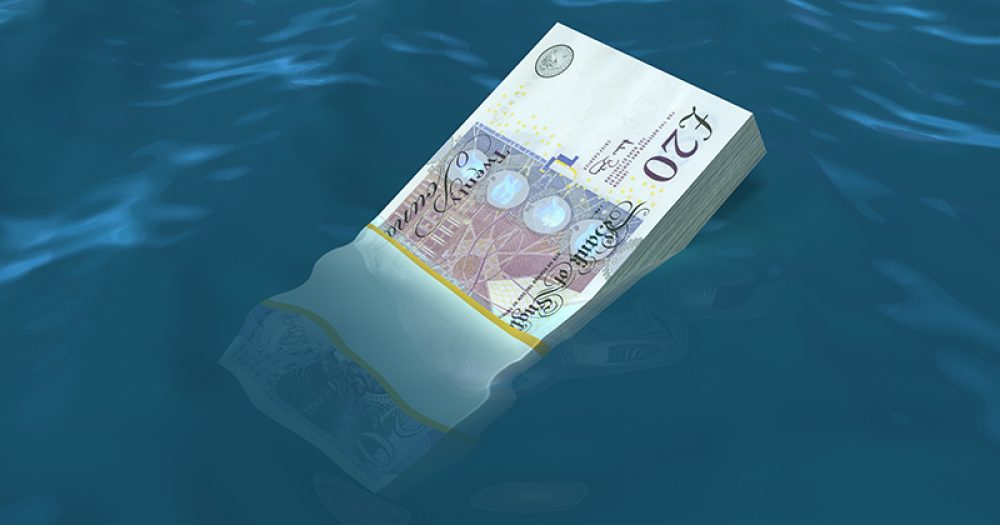School spending will still be lower per pupil by 2023 than more than a decade ago under the last Labour government, a new analysis has estimated.
Cash available for schools in England will be between 1 and 2 per cent lower in real terms – accounting for inflation – in 2022-23 than it was in 2009-10, according to the Institute for Fiscal Studies.
The figures indicate the Conservatives will have to turn up the spending taps if they want to head into the next general election with school budgets larger than when they took power in 2010. An election is due in 2024, but some expect an earlier poll in 2023.
It comes in spite of the government’s often-cited £7.1 billion in extra cash for schools between 2019 and 2023 and falling primary pupil numbers. Experts said it reflected the scale of the squeeze on budgets from austerity cuts over the past decade, as well as rising prices and increased secondary pupil numbers.
The IFS figures suggest there will still be an effective shortfall of up to £144.20 per pupil by 2022-23.
Researchers said deprived schools had seen larger cuts to budgets, with the most deprived facing a 14 per cent real-terms decrease versus 9 per cent for the least deprived. The National Funding Formula provides “bigger funding boosts for the least deprived schools”, they said in a new report, funded by the Nuffield Foundation.
“The 9% fall in school spending per pupil in England over the decade between 2009 and 2019 is the largest in more than 40 years, and probably a lot longer,” said IFS research fellow Luke Sibieta.
“The fact that it still won’t have recovered back to 2009 levels by 2022 shows just how big the squeeze has been.”
The figures are based on the DfE’s spending plans and trends in inflation, pupil numbers and school-specific costs such as teacher salaries. They focus only on core funding, not taking into account extra Covid costs like cleaning or funding such as the catch-up premium.
The IFS had estimated the current government’s spending increase would just about reverse the real-term funding cuts since 2009. However the new analysis takes into account rising pupil numbers and that teacher salaries are going up faster than inflation.
The analysis does not account for extra Covid funding provided by the government, such as the catch-up premium or exceptional costs grant. Nor does it include extra Covid costs incurred by schools, such as additional cleaning costs.
Paul Whiteman, general secretary of the NAHT union, said demands on schools had been increasing, and there was “no escape” from yet more cuts to provision without extra cash.
With schools serving more deprived areas facing greater losses, “talk of ‘levelling up’ starts to sound very hollow indeed,” he added.








Your thoughts